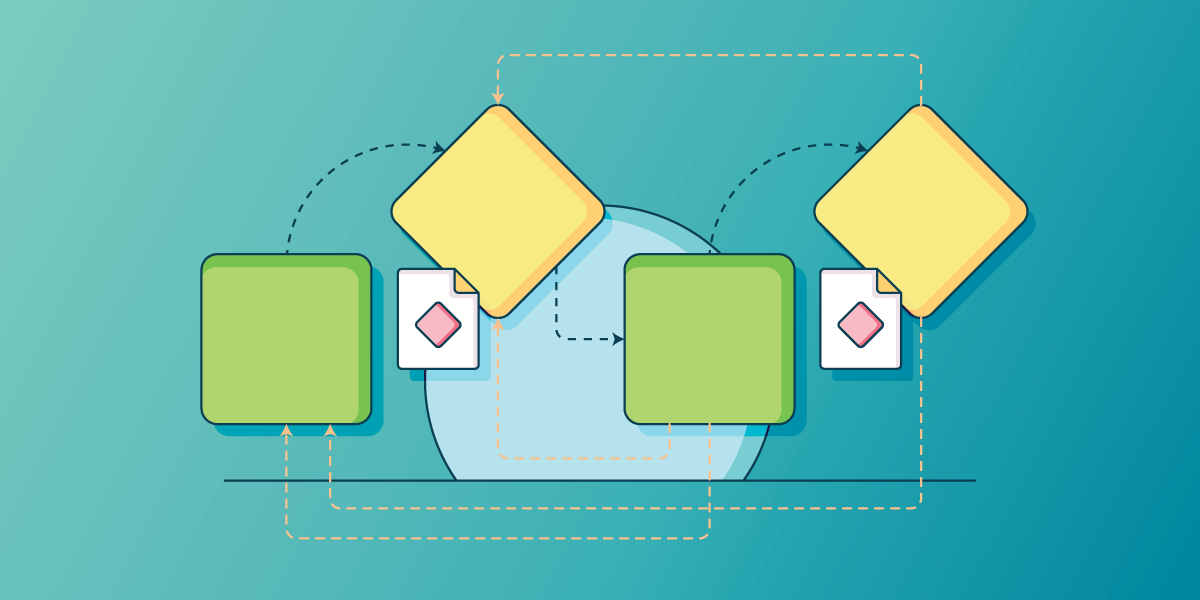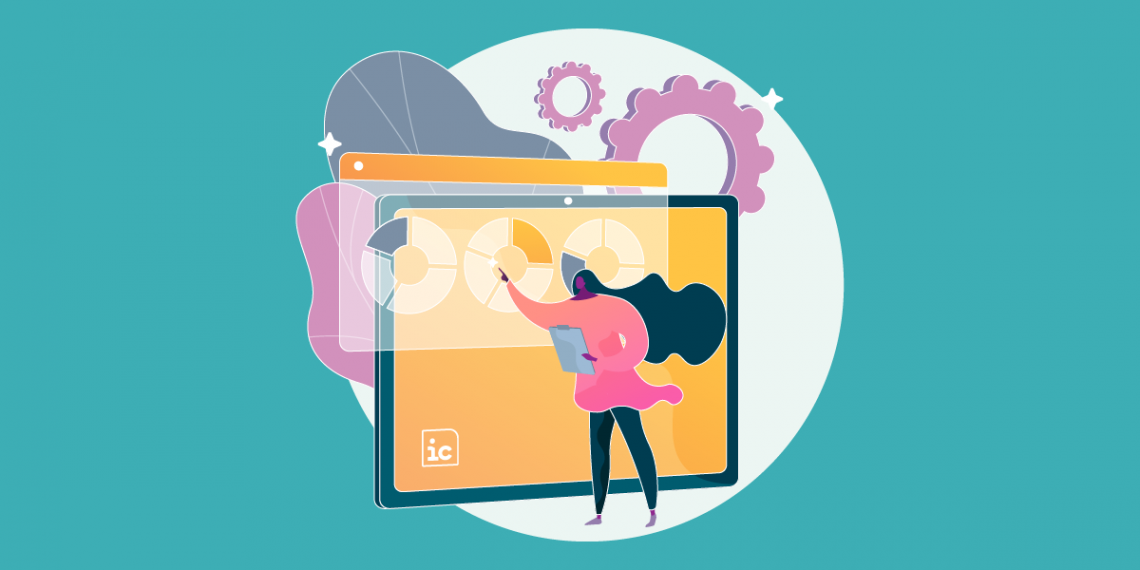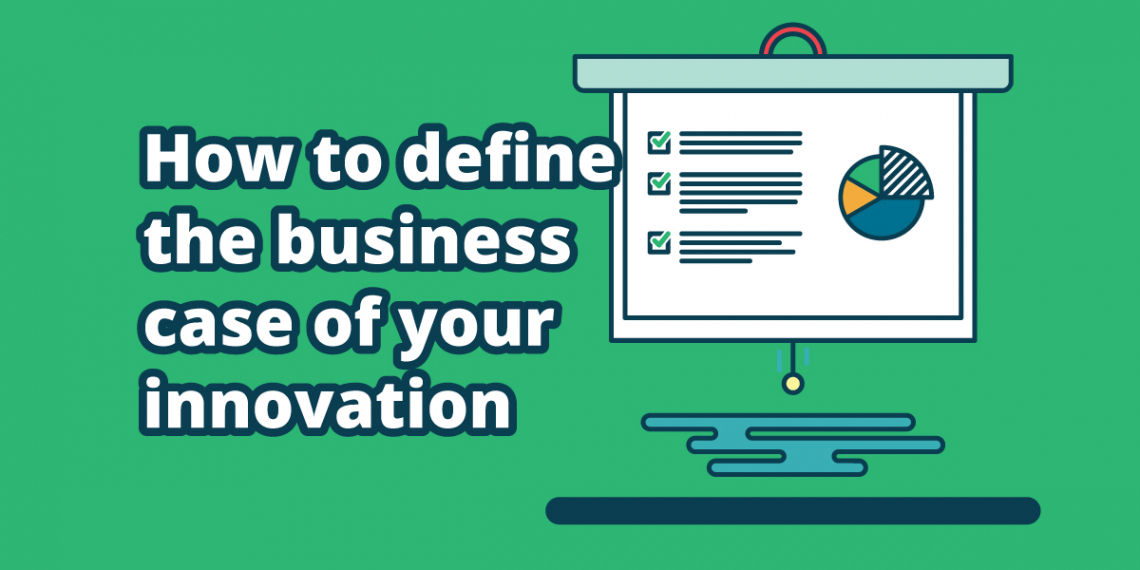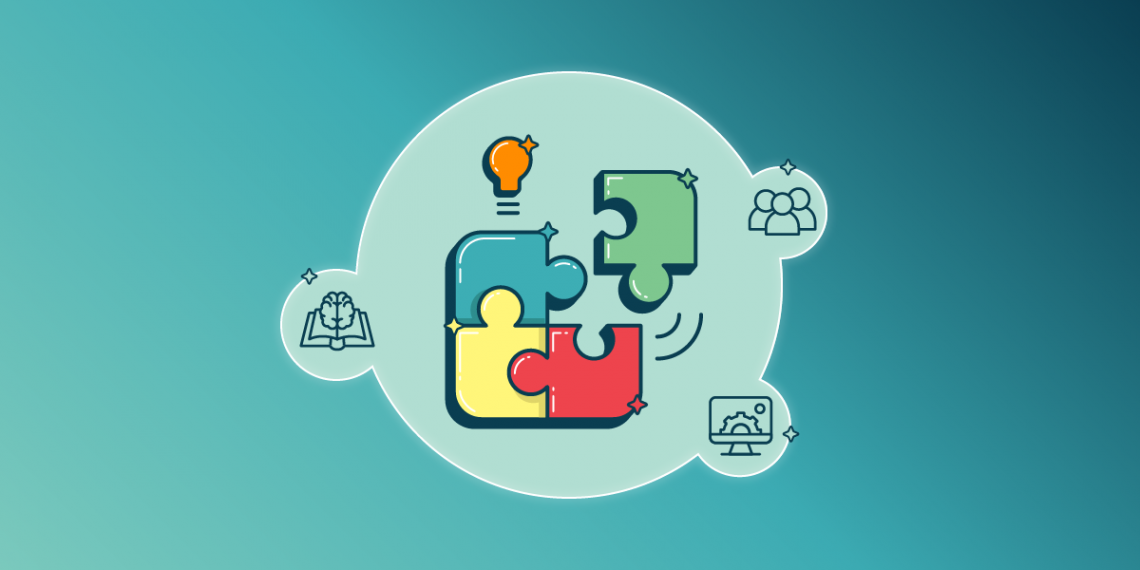Whether you are heading towards developing an entirely new product/service or improving the existing ones, you have to be prepared for a far-reaching change requiring the high level of processing. Going through this process can and will affect your business model. There is also a chance of gaining new insights about the process along the way, and you will be induced to create a new process, more appropriate for your organization. Improving your process is a type of innovation that will provide you with a framework for each additional improvement. Having in mind all potential innovative changes, there is a constant challenge of preserving a firm yet flexible structure while dealing with the uncertainty of such a venture.
Every time you face a challenge, remember that there is also an opportunity. When we talk about the challenges coming from entering a new market, it is always the risk that first comes to mind. The thing we all should be aware of when talking about risk is: you can never eliminate it, but if you manage it properly, it can be mitigated. And, it is always proportional to the size of the investment. Similarly, if you choose to focus on opportunities, you ought to have a clear innovation strategy built around the new product development cycle. In order to protect themselves from high-risk rates when entering a new market, businesses came up with different kinds of methods which later proved to be more or less successful. For a number of reasons phase-gate methodology is positioned on top of the others, and it lived through many evolutionary stages to be where it is today, helping us get the best out of innovation.
Adaptability of Phase-Gate process
This process is adaptive while retaining a systematic product development approach that puts you in control of risk without neglecting your organizations’ needs. But what makes it so unique? Is it the adaptability of processes designed to meet your organization’s own, specific needs? Most definitely. There’s a phrase that says: “Don’t put all your eggs in the same basket” referring to the essence of portfolio management. You are not going to have your whole capital invested in one project, especially when you already know the high failure rate of new products. Diversifying your portfolio is definitely a proper way of managing risk and it’s applicable even when you’re developing a completely new product. Despite the extensive knowledge of your experts, a decision-making process in conducting innovation requires the knowledge unavailable in the company up to this point. The opportunity for you to learn along the way is the most critical for achieving the successful commercialization of unique ideas.
How Phase-Gate process puts you in control over risk?
Although the structure of the original phase-gate model represented a linear, logical, step-by-step process, today we are dealing with the highly adapted and advanced version. Phase sequences indeed are linear, in comparison to one another, but when you observe them individually they’re everything but linear. Some activities inside phases are overlapping, some are simultaneous and some of them are iterative, but most importantly, this model follows the dynamic of your new product development process accordingly. It puts you in control of everything.
More concretely, the scope of your control over the project may include following:
-
You can begin the next phase before completing the previous one. Often you will have to go back to finish the previous phase since each phase activity holds a special place in the overall innovation project. After all, you have probably placed it there with good reason.
-
It is your decision what activities you undertake, in which phase and which information you ought to collect to be reviewed at the gate.
-
You are the one who delegates gatekeeping responsibilities (you’ll want someone who holds relevant expertise). And the phase-gate model provides the opportunity for gatekeepers to make informed decisions.
In addition, to save time on reviewing the overall phase activities which are completed, there is a gate document. This document represents a summary of each and every important information collected in the previous phase and allows you to avoid making uneducated decisions. Guess who is the one determining its components?
Software as the exact replica of your Phase-Gate process
A software replication of this process is a great facilitator yielding many benefits. While some product development managers consider that the purchase of IT tools will be enough in itself, it is potentially a mistake that leads you to a situation where you have spent a lot of money without contributing to your organization. What software can do is to provide a structured, yet flexible environment to customize the process for each project rather than a one-size-fits-all methodology. It is also a tool for driving the effective execution of the phase-gate process placing great emphasis on gate review decks. This allows and secures project managers clear cross-departmental communication and risk management in each phase, revamping their decision-making skills. Deciding to use the software as a tool to ease the implementation and use of this methodology in your innovation process can save your time and resources. However, it is preconditioned by the fact that the innovation culture is well established among employees. Bringing “another software” into their daily routine often remains unrecognized for the sake of its benefits. Your organization must be innovation-oriented first to lead the phase-gate process to fruition.
Digital tools allow for more connectivity and visibility than traditional methods of executing innovation. When software interbreeds with phase-gate methodology, each project can count on consistent and fair review and its progress status to be transparent during all phases. Additionally, allowing changes and updates during the process keeps your capital safe and well tracked in the process. It is clear that one of the most demanding management tasks requires this kind of professional methodology in order to lead your innovation efforts to a successful materialization.
Delivering new products to market is a way of generating new income and gaining new clients. This stepwise process helps you make informed business decisions so you can mitigate the risk of entering a whole new market by discarding low-potential ideas at any stage of the project’s evolution.






